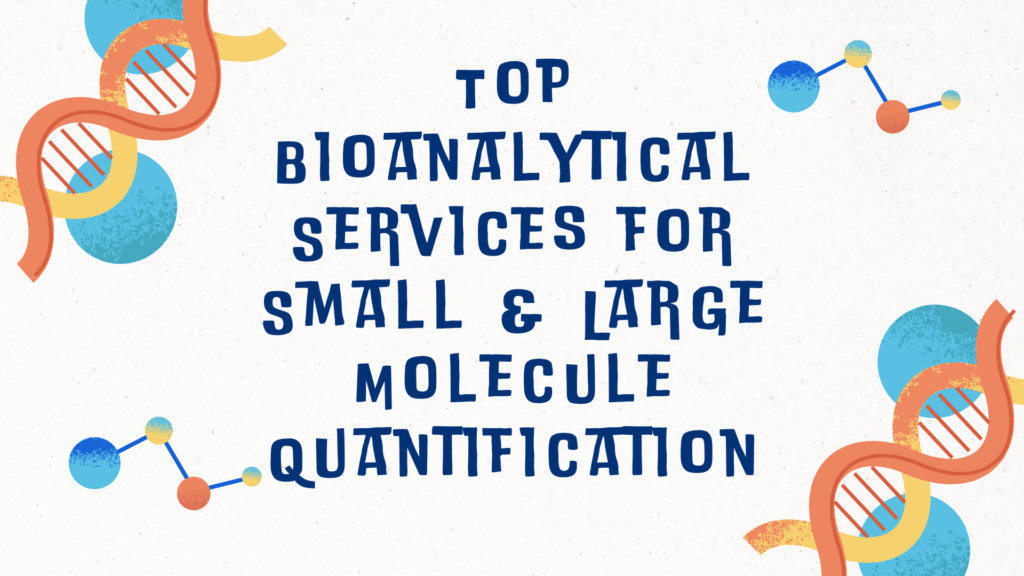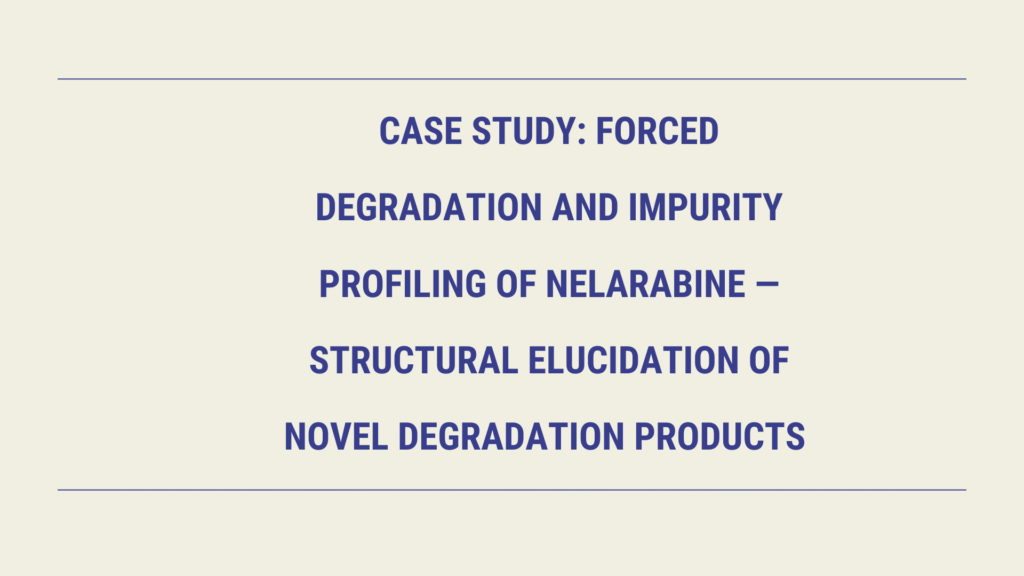
Nuclear Magnetic Resonance (NMR) spectroscopy is a powerful analytical technique that plays a crucial role in understanding the molecular structure, composition, and properties of biopolymers such as poly(lactic acid) (PLA), poly(lactide-co-glycolide) (PLGA), and polycaprolactone (PCL). These biodegradable polymers are extensively used in drug delivery systems, tissue engineering, and medical implants. Accurate structural characterization is essential to ensure their effectiveness and biocompatibility. This blog explores the significance of NMR analysis in studying PLA, PLGA, and PCL, highlighting its advantages, applications, and the latest advancements.
Importance of NMR Analysis in Polymer Characterization
NMR spectroscopy provides detailed insights into polymer microstructure, molecular weight distribution, and chemical composition. It helps in:
- Determining monomer composition in copolymers.
- Analyzing end-group functionalization.
- Studying polymer degradation and stability.
- Assessing stereochemistry and tacticity.
NMR Analysis of PLA
Structural Insights
PLA is a biodegradable polyester synthesized from lactic acid. It exists in two stereoisomeric forms: poly(L-lactide) (PLLA) and poly(D-lactide) (PDLA). NMR analysis helps in:
- Proton NMR (1H NMR): Identifying lactide monomer units, hydroxyl and carboxyl end groups.
- Carbon NMR (13C NMR): Determining polymer tacticity and crystallinity.
- 2D NMR Techniques: Such as HSQC and HMBC, used for complex structural elucidation.
Applications of PLA Characterization
- Ensuring polymer purity in medical-grade PLA.
- Analyzing degradation kinetics for controlled drug release applications.
NMR Analysis of PLGA
PLGA is a copolymer of lactic acid and glycolic acid, widely used in biodegradable sutures, nanoparticles, and drug delivery carriers.
Structural Characterization
- Monomer Ratio Analysis: 1H NMR and 13C NMR help determine the ratio of lactic acid to glycolic acid, influencing degradation rate and mechanical properties.
- End-Group Analysis: Used to assess polymer stability and reactivity for drug conjugation.
- Degradation Studies: NMR provides insights into hydrolytic degradation mechanisms.
Applications of PLGA Analysis
- Optimizing drug release profiles in pharmaceutical formulations.
- Enhancing polymer stability for prolonged therapeutic effects.
NMR Analysis of PCL
PCL is a semicrystalline biodegradable polymer commonly used in soft tissue engineering and implantable medical devices.
Key Analytical Insights
- 1H NMR and 13C NMR: Characterize polymer structure and confirm monomer purity.
- Crystallinity Studies: Help determine thermal and mechanical properties.
- Chain-End Functionalization: Essential for modifying PCL for biomedical applications.
Applications of PCL Characterization
- Ensuring biocompatibility in tissue scaffolds.
- Designing PCL-based controlled drug delivery systems.
Advanced NMR Techniques for Polymer Analysis
- Solid-State NMR: Useful for studying semi-crystalline polymers.
- Diffusion-Ordered Spectroscopy (DOSY): Helps in determining polymer molecular weight.
- Relaxation Time Measurements: Provide insights into polymer dynamics and interactions.
Challenges and Future Perspectives
While NMR offers unparalleled structural insights, challenges such as low sensitivity and long acquisition times remain. Future advancements in high-field NMR and cryogenic probes are expected to improve analytical efficiency and sensitivity.
Conclusion
NMR analysis remains a gold standard for the characterization of PLA, PLGA, and PCL, ensuring the development of high-quality biodegradable polymers for medical and pharmaceutical applications. With continuous advancements, NMR will continue to drive innovations in polymer science.
REFERENCES
- Rofeal M, Abdelmalek F, Steinbüchel A. Naturally-sourced antibacterial polymeric nanomaterials with special reference to modified polymer variants. International Journal of Molecular Sciences. 2022 Apr 7;23(8):4101.
- Suhag D, Kaushik S, Taxak VB. Handbook of Biomaterials for Medical Applications, Volume 1: Fundamentals. Springer Nature; 2024.
- Kotecha M, Magin RL, Mao JJ, editors. Magnetic resonance imaging in tissue engineering. John Wiley & Sons; 2017 Mar 6.
- Roy A, Manna K, Pal S. Recent advances in various stimuli-responsive hydrogels: From synthetic designs to emerging healthcare applications. Materials Chemistry Frontiers. 2022;6(17):2338-85.
LET’S CONNECT
Have questions about NMR analysis of PLA, PLGA, or PCL? Contact ResolveMass Laboratories Inc. for expert analytical services and polymer characterization solutions.
The Role of Extractables and Leachables (E&L) in Carcinogenicity Risk
Introduction Extractables and Leachables Carcinogenicity Testing plays a vital role in protecting patients who rely…
Case Study: Forced Degradation Study of Gimeracil — Discovery and Structure Elucidation of Novel Impurities
Introduction Forced degradation studies are a cornerstone of modern pharmaceutical development, enabling scientists to intentionally…
Affordable Bioanalytical Services for Start-Up Biotech: What to Expect
INTRODUCTION Affordable bioanalytical services for start-up biotech companies provide the essential analytical support needed to…
Top Bioanalytical Services for Small & Large Molecule Quantification
Introduction Bioanalytical services for small & large molecule quantification are essential for ensuring precision, sensitivity,…
Why Choose ResolveMass Laboratories for Bioanalytical Services: A Service Overview
INTRODUCTION The short answer is: clients choose ResolveMass because this ResolveMass Bioanalytical Services Overview demonstrates…
Case Study: Forced Degradation and Impurity Profiling of Nelarabine — Structural Elucidation of Novel Degradation Products
Introduction: The Critical Role of Forced Degradation in Defining Nelarabine Stability Forced degradation testing continues…







